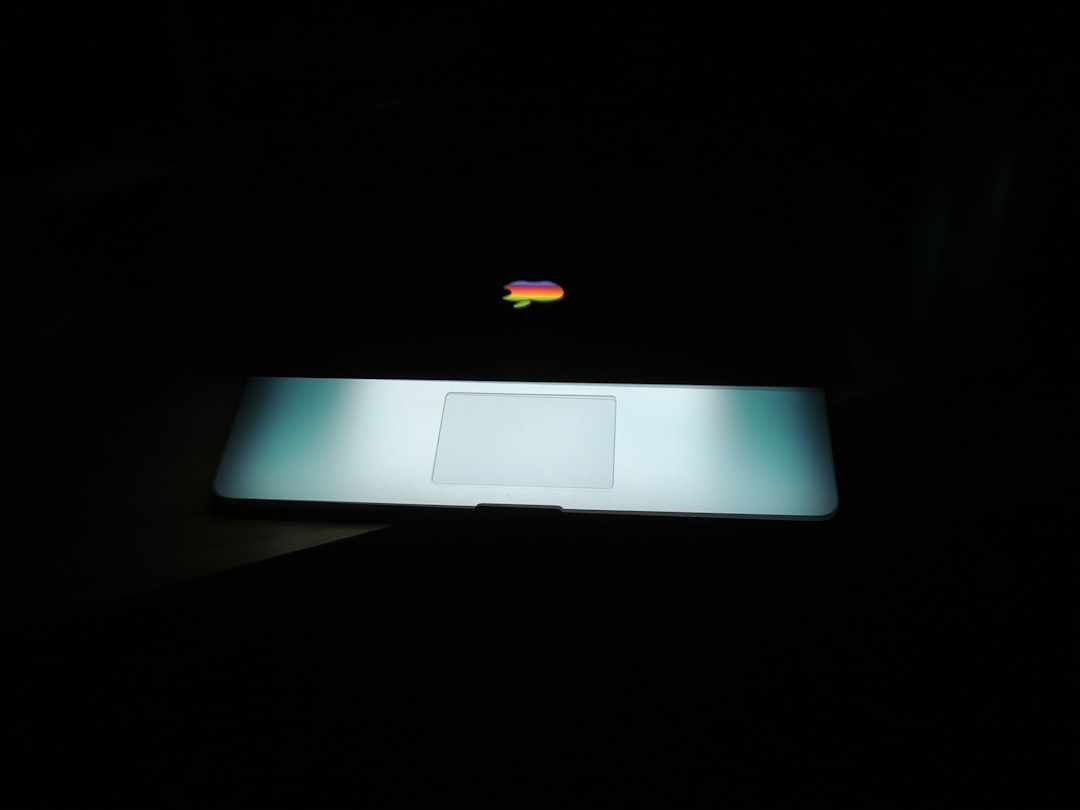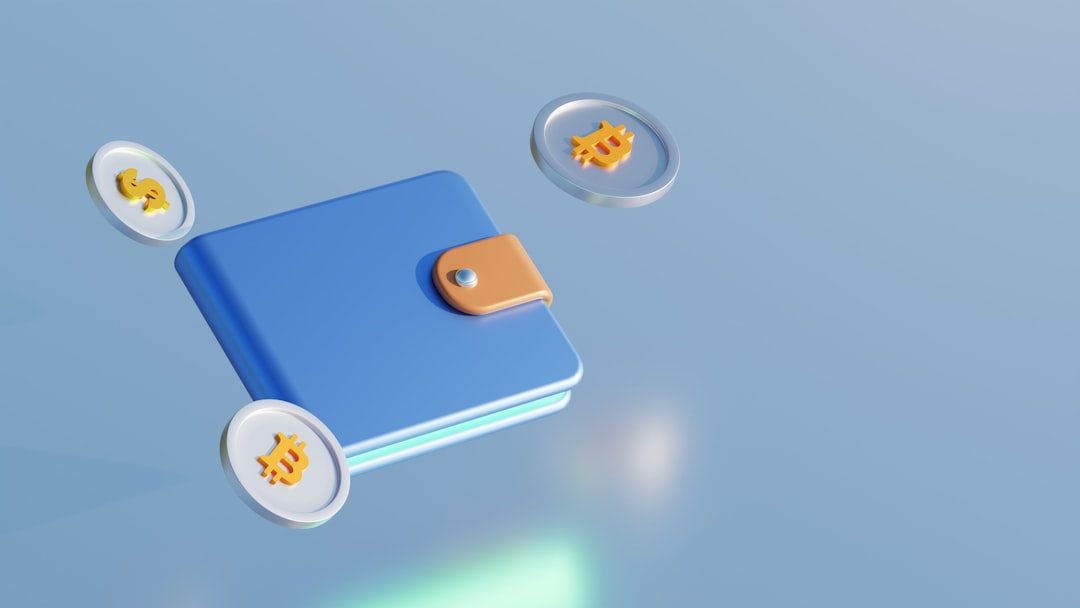If you’ve stumbled upon the 0x800701b1 error code while trying to move files to an external USB drive, you’re not alone. This error is both frustrating and common, often popping up at the most inconvenient times—just when you’re trying to back up important data or transfer large files. So, what causes it, and more importantly, how can you resolve it efficiently? Let’s dive into the various methods that can help you fix this annoying issue and get back to smooth file transfers.
Understanding the 0x800701b1 Error
The 0x800701b1 error typically comes with a message saying something like: “A device which does not exist was specified.” This may appear when you’re copying, moving, or saving data to an external USB drive, particularly with USB hard drives or SSDs. The error can stem from a number of root causes:
- Outdated or incompatible drivers
- USB port or cable issues
- Power supply limitations
- Drive malfunction or corruption
This multifaceted error demands a thorough approach to troubleshooting, but worry not—we’ll guide you step by step through the most effective fixes.
1. Check Your USB Port and Cable
Sometimes the solution is surprisingly simple. If you’re using an external hard drive or SSD, it’s possible the problem lies in your USB port or the cable you’re using. Try these steps first:
- Swap cables: Use a different USB cable, preferably one that came with the drive.
- Change USB ports: Plug your device into another USB port (preferably a USB 3.0 port, typically marked by blue inside).
- Try a different PC: Connect the drive to another computer to isolate whether the issue is with the PC or the drive.
If a simple hardware change eliminates the error, you’re in luck—it’s likely just a port or cable issue.

2. Update or Reinstall Disk Drivers
Outdated or corrupted drivers are a leading cause of device recognition issues like error 0x800701b1. Updating them is easy:
- Open Device Manager (Right-click the Start menu and choose Device Manager)
- Locate your external drive under Disk Drives
- Right-click it and choose Update Driver
- Select Search automatically for drivers
If no new drivers are found or the problem persists, try uninstalling the drive completely and restarting your computer. Windows will reinstall the default drivers automatically.
3. Run a System File Check
Corrupted system files can cause all sorts of strange issues, including the 0x800701b1 error. Windows features a built-in tool that can help:
- Press Windows + S, type cmd, and run Command Prompt as administrator
- Type
sfc /scannowand press Enter
This process scans your system for corrupted files and attempts to replace them. If the scan detects corruption, it could very well fix your file transfer issue.
4. Power Management Settings
Windows sometimes powers down USB devices to save energy, which can interfere with large file transfers or external device detection. To disable this feature:
- Go to Device Manager
- Find your external drive or USB Root Hub under Universal Serial Bus controllers
- Right-click and select Properties
- Go to the Power Management tab
- Uncheck the box that says “Allow the computer to turn off this device to save power”
Turning off this feature ensures that your USB stays powered throughout the transfer process, potentially resolving the error.
5. Check for Drive Errors
Your USB drive may have internal corruptions or bad sectors. Windows has another handy tool for checking drive health:
- Open This PC and right-click your USB drive
- Select Properties, then go to the Tools tab
- Click Check under the Error Checking section
- Let Windows scan and fix any errors found
Don’t skip this step, especially if your USB device has been behaving erratically or shows signs of wear.

6. Add Your Account with Full Permissions
In certain cases, the 0x800701b1 error can be triggered by permission settings preventing you from writing to or modifying files on the external drive. Fix this by giving your account full permissions:
- Right-click on the root folder or the entire USB drive
- Choose Properties > Security > Edit
- Click Add, type your user account name, and confirm
- Select Full Control and apply the changes
This step ensures you’re not blocked by access restrictions that might impede your file operations.
7. Format as a Last Resort
If none of the solutions have resolved the issue and your drive consistently throws the 0x800701b1 error, it may be time to consider formatting the drive. This will erase all data, so back up anything you can before proceeding.
- Open This PC, right-click the USB drive, choose Format
- Choose a file system such as NTFS or exFAT, and check Quick Format
- Click Start to begin formatting
Formatting refreshes the drive’s file system, which may clear out corrupt data structures causing the error.
Bonus Tip: Use a Powered USB Hub
If you’re using multiple USB devices or your external hard drive requires more power than a standard port provides, a powered USB hub might solve the problem. This ensures stable electrical power, especially for larger drives that have higher energy requirements.
Preventing the Error in the Future
While the 0x800701b1 error can be a nuisance, a few good habits can help you avoid encountering it again:
- Always eject USB drives safely before unplugging
- Keep your drivers and operating system updated
- Use high-quality USB cables and avoid cheap knock-offs
- Perform regular error checks and backups
Final Thoughts
The 0x800701b1 error may look intimidating at first, but as you’ve seen, there are multiple logical ways to fix it. Whether it’s a faulty cable or a permissions misconfiguration, each solution brings you one step closer to hassle-free file transfers. The next time Windows throws a “device does not exist” warning your way, you’ll be armed and ready with a toolkit of proven fixes.
Stay proactive with your hardware maintenance and operating system updates, and external file transfers will soon go on without a hitch.


